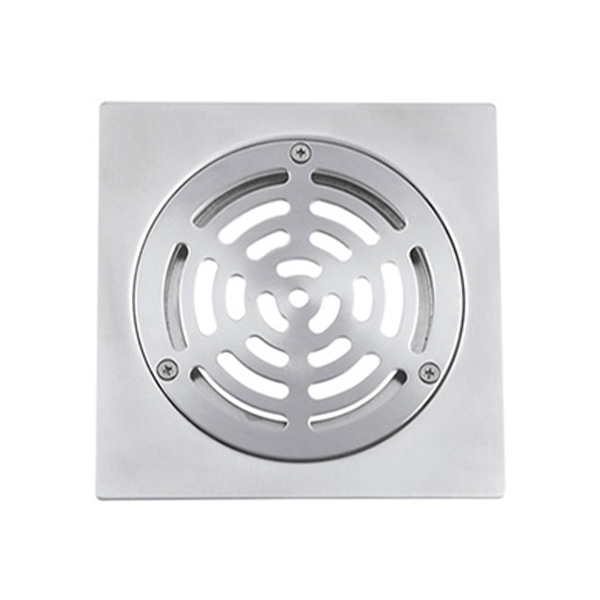Become your trusted floor drain product partner and supplier in China.
Tel: +86-576-87422105, Email: [email protected]
"Nothing is best,only better". Better people are sincerely willing to cooperate with new and old customers. Let's hand in hand,and create the bright future together.
+86-576-87422105 Contact UsBrass floor drains play a crucial role in maintaining safe and hygienic environments by efficiently channeling water away from surfaces. One of the important design considerations is overflow prevention, which ensures that water does not back up onto floors during heavy usage or unexpected surges. Brass Floor Drain Manufacturers incorporate specific features to manage water flow and prevent spills, safeguarding both residential and commercial spaces. Understanding how these designs function helps users select reliable and effective drainage solutions.

Overflow can cause multiple problems, including water damage to flooring, walls, and underlying structures, as well as safety hazards from slippery surfaces. In high-traffic areas or spaces with frequent water usage, such as bathrooms, kitchens, and industrial facilities, the risk of overflow is higher. Effective overflow prevention ensures that the floor drain continues to manage water efficiently even during peak flow conditions, maintaining a safe and hygienic environment.
Brass floor drains are often equipped with several features aimed at controlling overflow. One common approach is to incorporate a secondary channel or overflow slot that allows excess water to pass through when the main drain is temporarily overwhelmed. The grate or cover design may also include raised edges or strategically placed openings that direct water efficiently toward the drain body. Additionally, some models feature integrated flow regulators or baffles that manage the rate of water entering the drainage system, preventing sudden spikes from causing overflow.
The quality of materials and construction in brass floor drains significantly impacts their overflow performance. Solid brass construction provides strength and durability, allowing the drain to withstand high water pressure without deforming or leaking. Precision machining ensures that channels and openings are uniform and correctly aligned, which maximizes water flow and reduces the chance of blockage. By combining durable materials with thoughtful design, manufacturers can deliver drains that maintain consistent performance under a wide range of conditions.
To ensure reliable overflow prevention, Brass Floor Drain Manufacturers often test their products under simulated high-flow conditions. These tests verify that water passes efficiently through the main and secondary channels without pooling on the floor. Compliance with industry standards and guidelines, such as ISO or national plumbing codes, further ensures that the design meets expected safety and performance criteria. Testing under real-world conditions is especially critical for commercial installations where water surges are frequent.
Even the best-designed brass floor drains require proper installation and maintenance to maintain overflow protection. Ensuring the drain is correctly aligned with the floor slope allows water to flow naturally toward the drain body. Regular cleaning prevents debris, hair, and soap scum from obstructing channels and baffles, which could compromise overflow control. Users should follow manufacturer guidelines for installation and maintenance to preserve the integrity and effectiveness of the overflow prevention features.
Overflow prevention is a vital feature in brass floor drains, ensuring safety, hygiene, and efficient water management in residential and commercial spaces. Brass Floor Drain Manufacturers achieve this through secondary channels, carefully designed grates, flow-regulating mechanisms, and durable construction. Proper testing, installation, and maintenance further enhance the effectiveness of these features. By understanding the principles of overflow design, users can select floor drains that minimize water-related risks and maintain long-term performance, making overflow prevention a critical consideration in any drainage system.
Copyright © Yuhuan Better Machinery Co., Ltd. All rights reserved

 English
English Español
Español عربى
عربى